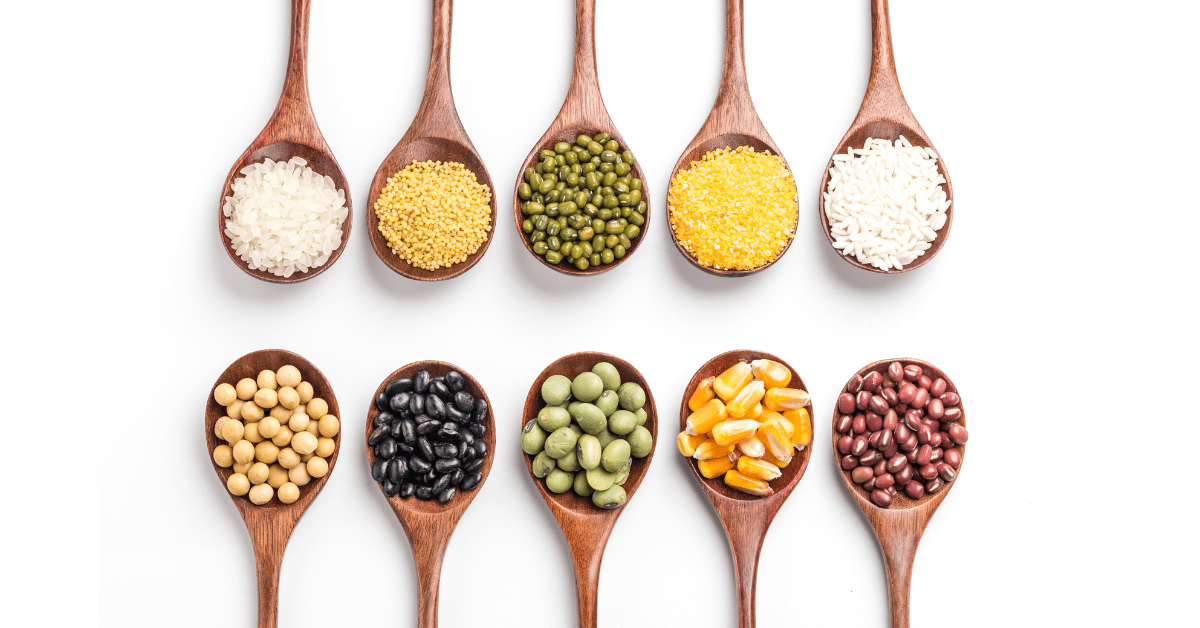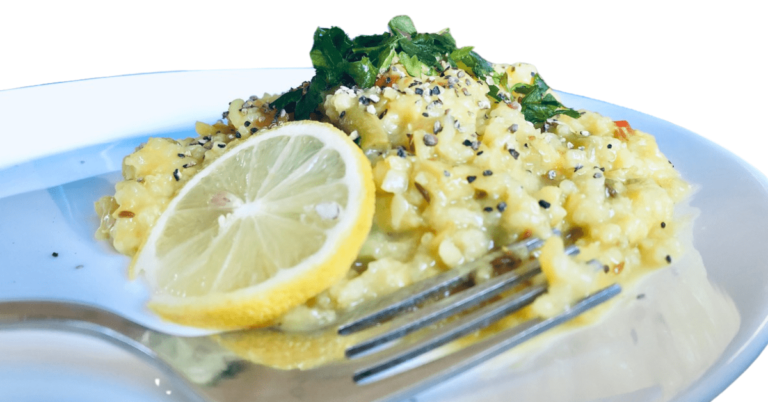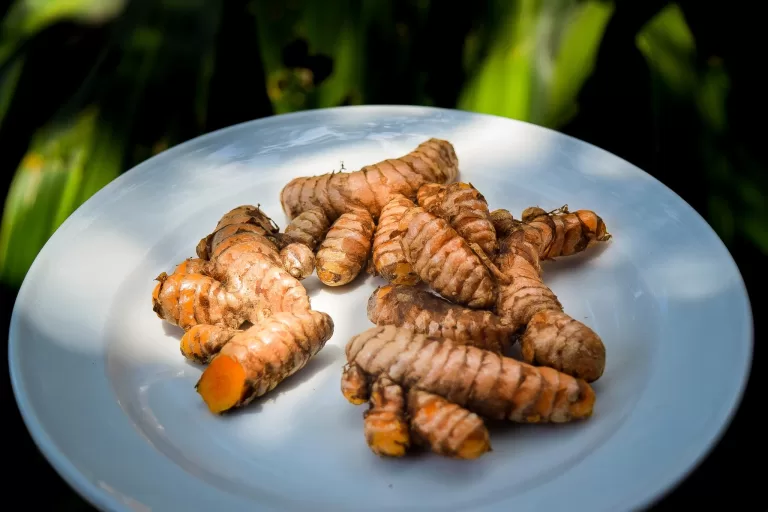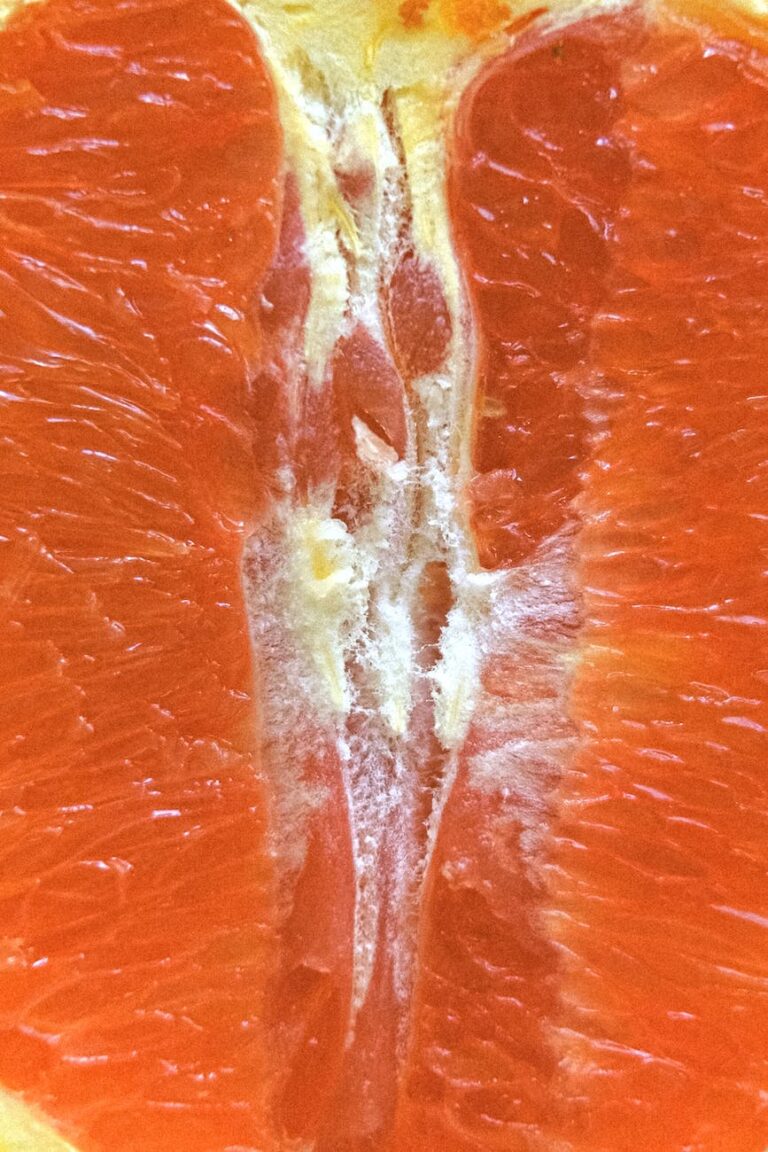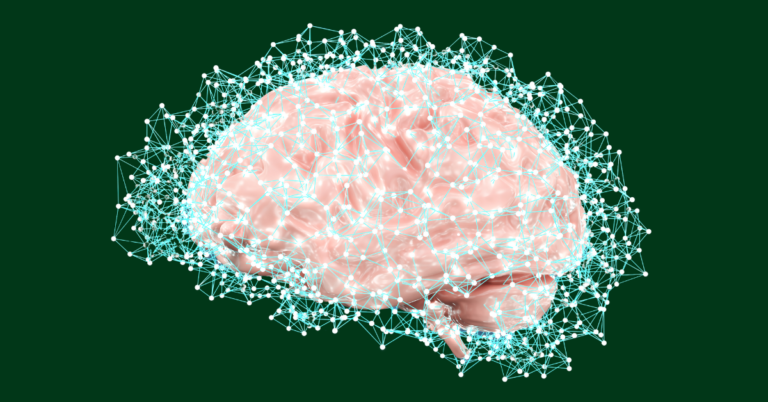Ayurvedic Khichdi Can Be Helpful In Gut-Brain Axis
Ayurvedic Khichdi is a nutritious and antioxidative meal known for its therapeutic benefits. It is a cooked preparation made predominantly of lentils, spices/herbs, rice or other grains and vegetables.
Adding grains, spices, and vegetables depends on the prescribed requirements according to a dosha assessment in Ayurveda.
This article is a condensed version of our previous comprehensive guide titled “Ayurvedic Khichdi: How to Utilize Its Healing Properties.”
Use of Khichdi As An Antioxidative Meal
Ayurvedic science recognises the importance of maintaining gastrointestinal health and emphasises the role of diet. Khichdi is often used as a dietary therapy in both professional and domestic settings.
Khichdi is an antioxidant-rich meal due to its phytochemical ingredients, with lentils being a major component.
Antioxidants help protect the body’s cells from damage caused by harmful molecules known as free radicals, which can lead to various diseases and health issues.
Free Radicals
Free radicals are produced in the body during metabolic processes and due to environmental factors. Digestion is one such metabolic process and a major contributor to well-being.
Khichdi is often prescribed for the digestive system to support gut health and to provide digestive rest during a cleansing routine.
However, because its main ingredient is lentils, khichdi has several other important benefits related to overall well-being as detailed in the next sections.
Example Of Study, Phenolic Compounds In Lentils
According to a study conducted by Ganesan, K., & Xu, B. in 2017, consuming one cup of cooked lentils per day can provide health benefits due to the presence of phenolic compounds in lentils.
It further recognises that these compounds have antidiabetic, cardioprotective and neuroprotective properties, making lentils a positive addition to a balanced diet.
The study further highlights that the total phenols, which are bioactive compounds in lentils, help promote good health.
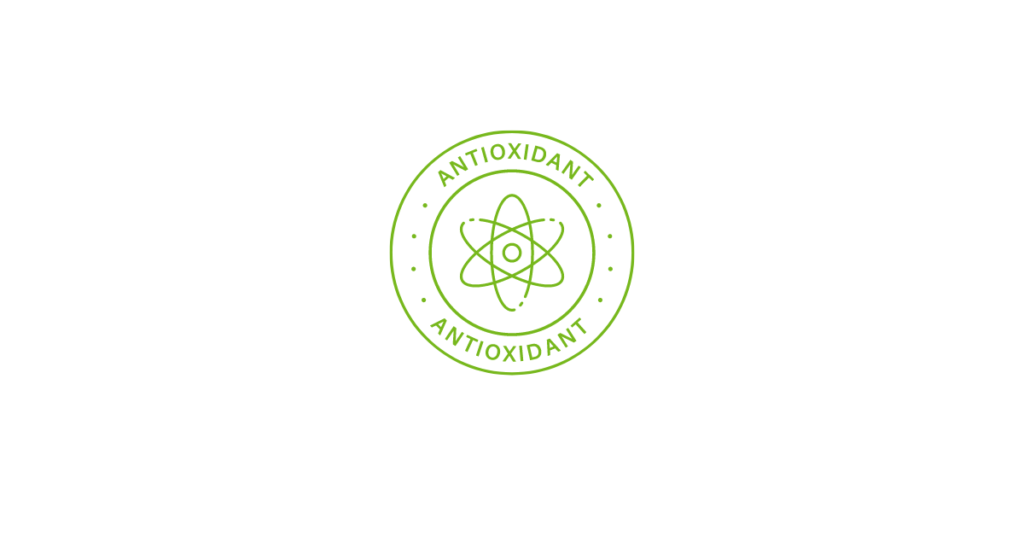
Contains 60-70% Lentils, A Therapeutic Ingredient
As a general guideline, approximately 60 to 70% of Khichdi’s main ingredients are lentils, contributing substantially to its potential dietary benefits and subsequent therapeutic actions.
The Lentils In Khichdi
Lentils are legumes, which are a type of pulse. Legumes are plants that produce pods with seeds inside, and pulses refer to the edible seeds of the legume family.
Lentils are exceptionally rich in polyphenols which are bioactive phytochemicals found in lentils.
For instance, red lentils contain flavonoids (quercetin and kaempferol), phenolic acids (caffeic and ferulic acid), and tannins (condensed and hydrolysable).
These polyphenols have antioxidant and anti-inflammatory properties
Lentils Are Rich In Polyphenol Antioxidants
Polyphenols are defined as per the explanation provided by Bertelli et al. (2021);
“Polyphenols are natural compounds synthesized exclusively by plants, with chemical features related to phenolic substances with reported bioactivities to modulate oxidative and inflammatory stress, to alter macronutrient digestion and to exert prebiotic-like effects on gut microbiota.”
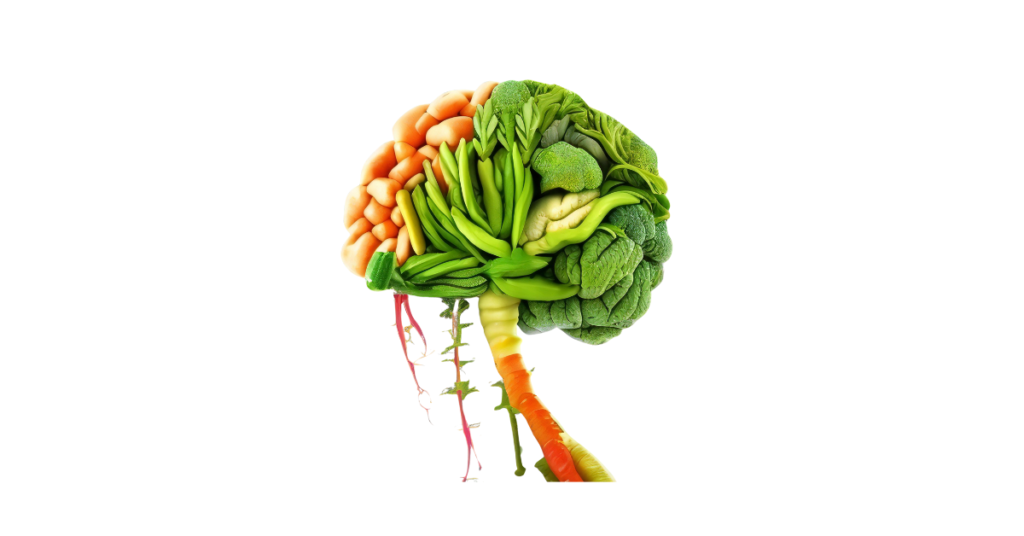
Polyphenols & Neuroprotective Qualities: Gut-Brain Axis Indirect Effect
According to the 2023 study “Polyphenols and Neurodegenerative Diseases: Potential Effects and Mechanisms of Neuroprotection” by Arias-Sánchez, R. A., Torner, L., and Navarro, B. F., polyphenols have indirect neuroprotective effects.
Polyphenols have indirect neuroprotective effects by modulating gut microbiota and metabolites produced.
For instance, they carry the potential to protect the brain in indirect ways. They do this by changing the balance of bacteria in the gut and the chemicals that these bacteria produce.
These changes can have a positive impact on brain health and function.
Secondary Metabolites
The gut-brain axis is a bidirectional communication system, and the secondary metabolites produced by gut bacteria can influence brain function in various ways.
For example, some of these metabolites can affect the production of neurotransmitters, such as serotonin and dopamine, which are important for mood regulation and other brain functions.
Multipotent Abilities
Secondly, the study recognises that polyphenols have multipotent abilities to control and modulate oxidative stress, metal toxicity, proteins, enzymes, receptors, inflammation, apoptosis, signal transduction, ion channels, and neurotransmitters.
Some of these actions also include helping to prevent damage to neuronal DNA.
Dietary Role Of Ayurvedic Khichdi
Ayurveda recognises the numerous benefits of consuming Khichdi, which can significantly contribute to personal well-being.
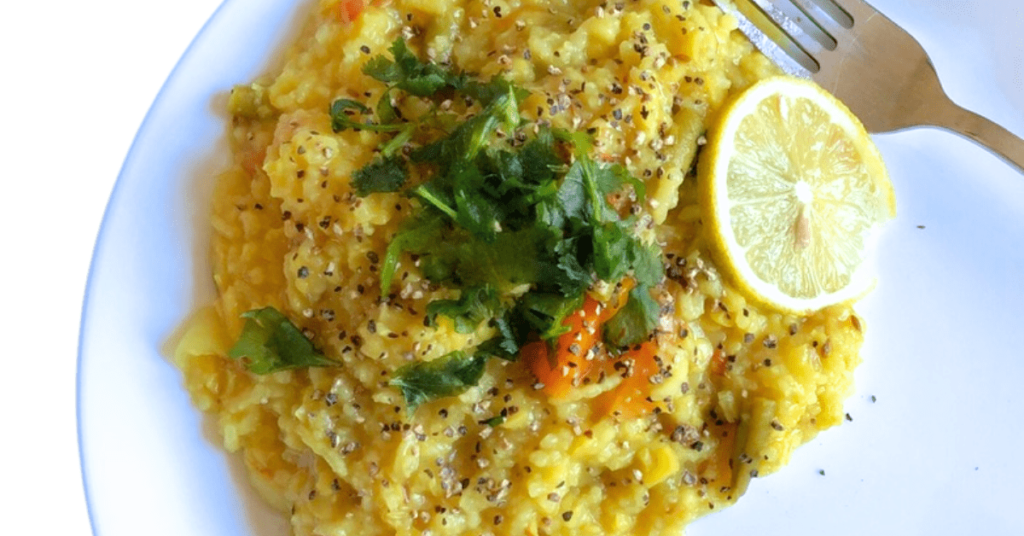
Key Insights
- Ayurvedic Khichdi is a therapeutic dietary meal that promotes healing and has nutritive properties. The meal is helpful in weight management, digestive well-being and in certain recovery plans.
- The phytonutrients found in lentils, whole spices, and vegetables provide several phytochemicals that have antioxidative effects.
- According to Ayurvedic science, Khichdi benefits from cooking in an unglazed clay pot to retain the food’s nutritional value and evaluate the bioavailability of the ingredients.
- Dosha-based khichdi involves a more analytical and personalised approach than the multi-purpose version. It includes various components most suitable for an individual’s primary dosha.

An Effective Multi-Action Khichdi For Therapeutic Benefits
There are several types of Ayurvedic khichdi with various cooking methods, but one of the most popular and versatile is the red lentil khichdi.
Our previous article, which you can access by clicking here, provides more information about the usage and therapeutic benefits of red lentils.
The main lentil base can also be changed to other ingredients, such as green mung bean.
Red Lentil Khichdi Overview
The recipe requires the following ingredients: red lentils, turmeric, ginger, black pepper, coconut or olive oil, rice or another grain such as millet, and water. The lentils should be pre-soaked a few hours before cooking and then thoroughly washed.
These ingredients are immersed with water in an unglazed earthen pot until the lentils are soft and the grains are fully cooked.
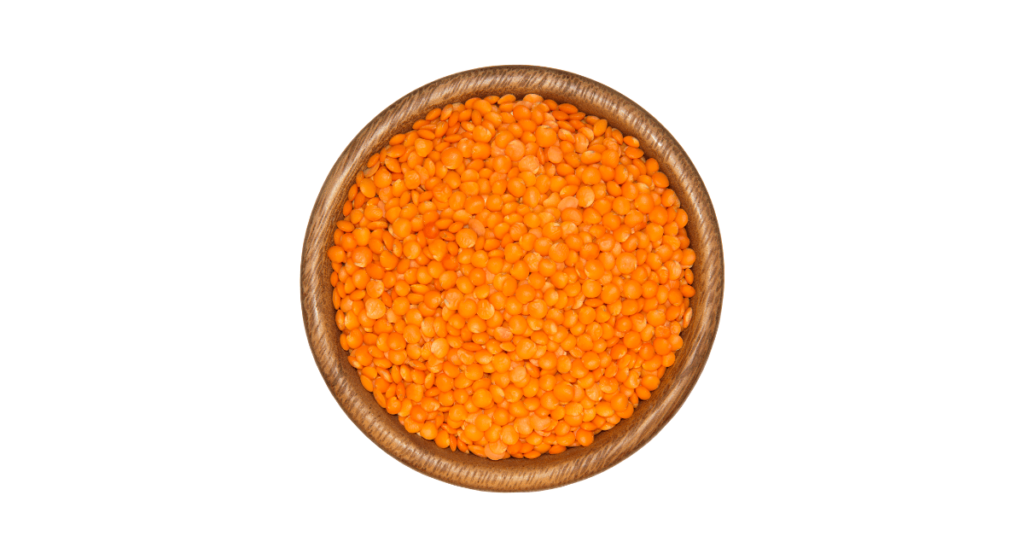
Summary
- To conclude, Ayurvedic Khichdi is an antioxidative meal predominantly made of lentils. It is a cooked preparation and may include rice, millet or oat grains. Because of its versatility, the meal can be highly personalised to an individual’s needs.
- One of the key ingredients in Ayurvedic Khichdi is lentils, which provide exceptional natural polyphenols from food. They promote anti-oxidative effects when consumed as part of a balanced diet.
- As focusing on cognitive well-being through a supportive diet becomes increasingly important, several reputable studies recognise the role of polyphenols in the gut-brain axis. These include neuroprotective, cardioprotective, anti-obesity, and low-GI food sources.
- Therefore, Ayurvedic Khichdi can play an integral role in positively influencing the gut-brain association as part of a well-balanced diet.
Precautions
Seek professional advice before making any dietary changes and check the suitability of any diet or wellness routine for any person, pregnant, allergic, or with health concerns. (Polyphenols from natural foods are considered safe and have very low toxicity as part of a well-balanced diet.)
This is an informational post only and does not constitute professional advice.
Informational Video: Ayurvedic Khichdi
InteGratiiveHealth
Bioactive Natural Health
References in this article
- Ganesan, K., & Xu, B. (2017). Polyphenol-Rich Lentils and Their Health Promoting Effects. International Journal of Molecular Sciences, 18(11). https://doi.org/10.3390/ijms18112390
- MCMA, MA. Hunjan, G. G. (2024, February 20). Ayurvedic khichdi: How to use its healing properties. InteGratiiveHealth. https://integratiivehealth.com/ayurvedic-khichdi-how-to-apply-its-healing-method/
- Bertelli, A., Biagi, M., Corsini, M., Baini, G., Cappellucci, G., & Miraldi, E. (2021). Polyphenols: From Theory to Practice. Foods, 10(11). https://doi.org/10.3390/foods10112595
- Arias-Sánchez, R. A., Torner, L., & Navarro, B. F. (2023). Polyphenols and Neurodegenerative Diseases: Potential Effects and Mechanisms of Neuroprotection. Molecules, 28(14). https://doi.org/10.3390/molecules28145415

